Stories Category: Intensive Care
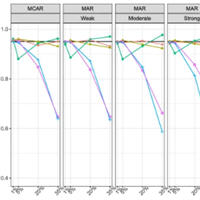
Dealing with missing delirium assessments in prospective clinical studies of the critically ill
For longitudinal data where a summary exposure is of interest, we recommend practitioners adopting the passive imputation strategy. Simulations show that all methods performed comparably when the proportion of missingness... read more
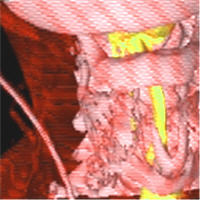
Laryngeal Radiation Fibrosis: A Case of Failed Awake Flexible Fibreoptic Intubation
In patients with severe upper airway narrowing because of radiation fibrosis, an awake fibreoptic intubation may be impossible and a tracheotomy is the only means of securing this airway; however, there may be no evident... read more

Virtual Handover of Patients in the PICU During the COVID-19 Crisis
Video-conferencing applications for online handovers could supplement traditional face-to-face intensive care unit patient handover during outbreaks of infectious diseases. The use of video streaming and more emphasis on... read more
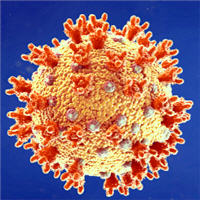
RIG-1 Agonist Shows Potent Antiviral Efficacy Against COVID-19
As SARS-CoV-2 continues to cause morbidity and mortality around the world, there is an urgent need for the development of effective medical countermeasures. Here, we assessed the antiviral capacity of a minimal RIG-I... read more
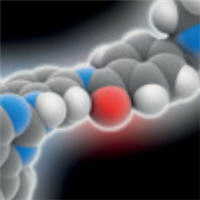
Imatinib in COVID-19: Hope and Caution
Despite the undoubted progress achieved with the first vaccines against SARS-CoV-2 infection, the COVID-19 pandemic continues to affect thousands of people across the globe, particularly in those countries where vaccination... read more
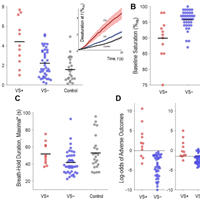
Breath-holding as a Novel Approach to COVID-19 Risk Stratification
Despite considerable progress, it remains unclear why some patients admitted for COVID-19 develop adverse outcomes while others recover spontaneously. Clues may lie with the predisposition to hypoxemia or unexpected absence... read more
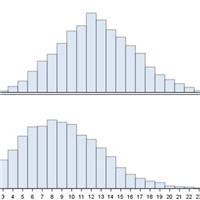
Do Not Attempt CPR Decisions in People Admitted with Suspected COVID-19
Early do not attempt cardiopulmonary resuscitation (DNACPR) decisions were associated with recognised predictors of adverse outcome, and were inversely associated with Asian ethnicity. Most people with an early DNACPR decision... read more

A Perspective on Post-Cardiac Arrest Syndrome
This book presents a valuable new perspective on Post-Cardiac Arrest Syndrome (PCAS), which was defined as system failure following whole-body ischemia-reperfusion injuries by the 2008 International Liaison Committee on Resuscitation.... read more

Reducing the Global Sepsis Burden: A Positive Legacy for the COVID-19 Pandemic?
ESICM, SCCM, and the GSA published a consensus paper in Intensive Care Medicine, emphasising the importance of recognising that patients critically ill with COVID-19 have viral sepsis, despite some differences from sepsis... read more

Optimizing the Timing of RRT in AKI
The optimal timing of renal replacement therapy (RRT) in critically ill patients with acute kidney injury (AKI) has been much debated. Over the past five years several studies have provided new guidance for evidence-based... read more
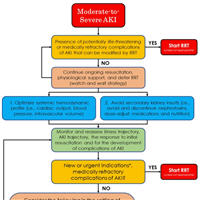
RRT in Critically Ill Patients with AKI
Recent evidence has shown that pre-emptive or earlier renal-replacement therapy (RRT) in patients with severe acute kidney injury (AKI) and no urgent indications does not confer clinical benefit. By default, this would imply... read more
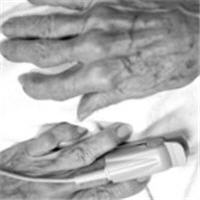
The Relationship of Delirium, Sedation, Dementia, and Acquired Weakness
The advent of modern critical care medicine has revolutionized care of the critically ill patient in the last 50 years. The Society of Critical Care Medicine (was formed in recognition of the challenges and need for specialized... read more
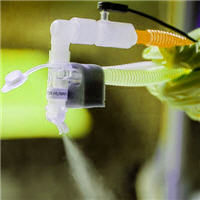
Aerosolised Surfactant Trial for Preterm Infants with RDS
The AeroFact system can safely deliver aerosolised surfactant to preterm infants with respiratory distress syndrome (RDS) who are on nasal continuous positive airway pressure (nCPAP). 10 infants were enrolled in part 1... read more
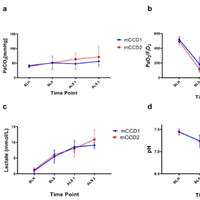
Standardized post-resuscitation damage assessment of two mechanical chest compression devices
The LUCAS 2 device shows superior resuscitation outcomes and less thoracic injuries compared to Corpuls cpr when used for experimental CPR in juvenile pigs. Researchers should be aware that different mCCDs for experimental... read more
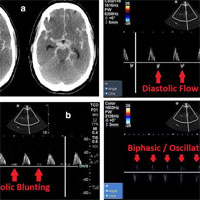
Point-of-Care Transcranial Doppler by Intensivists
In the unconscious patient, there is a diagnostic void between the neurologic physical exam, and more invasive, costly and potentially harmful investigations. Transcranial color-coded sonography and two-dimensional transcranial... read more
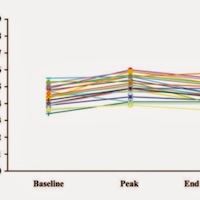
Lactated Ringers is Safe in Hyperkalemia, and is Superior to NS
The myth that LR should be avoided in hyperkalemia is not only incorrect, it is probably backwards. For a hyperkalemic patient in renal failure, Lactated Ringers (LR) should be preferred over normal saline (NS). LR has been... read more

Effects of 5% Albumin Plus Saline vs. Saline Alone on Outcomes From Large-Volume Resuscitation in Critically Ill Patients
During large-volume resuscitation, 5% albumin was associated with reduced mortality and major adverse kidney event at 30, 90, and 365 days. However, a higher rate of acute kidney injury of any stage was observed that did... read more








